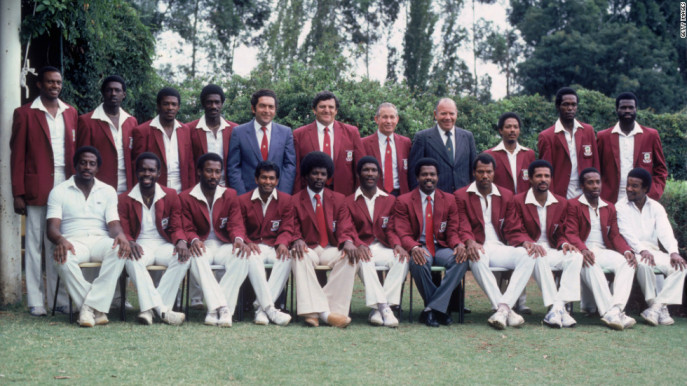
The History of West Indies Cricket
Historical Background of Cricket in the West Indies
The story of cricket in the West Indies cannot be separated from the history of the region itself. Colonialism, slavery, and the plantation economy all played a role in shaping both society and the game that would become a passion for generations of Caribbean people.
Colonial Beginnings
In 1492, Columbus’s expedition reached the Caribbean, marking the beginning of European colonization of the “New World.” The first British settlement came in 1609 when shipwrecked colonists bound for Virginia landed in Bermuda. Soon after, colonies were established across the Caribbean: St. Kitts in 1623, Barbados in 1628, and later Antigua, Montserrat, Nevis, and others. Sugar plantations quickly dominated the economy, worked by enslaved Africans brought in large numbers.
By 1655, the British had seized Jamaica from Spain, and by the late 1600s, their territories in the region included Jamaica, Barbados, Bermuda, the Bahamas, and several Leeward Islands. Other territories, such as Dominica, Grenada, and St. Vincent, were later ceded to Britain after conflicts with France, while Trinidad and Tobago, Guyana, and the Virgin Islands were eventually added through conquest or treaties.
It is not known exactly when cricket was first played in the Caribbean, but it is widely assumed that the early British settlers introduced the sport during these centuries of colonization.
Slavery, Emancipation, and Society
The plantation economy thrived on the backs of enslaved Africans. In Jamaica, for example, by 1800, enslaved people outnumbered their white masters ten to one, leading to numerous revolts between the 17th and 19th centuries. Similar uprisings occurred in Guyana and elsewhere.
The British Parliament outlawed the slave trade in 1807 and abolished slavery across the empire in 1834, followed by a short-lived apprenticeship system that ended in 1838. Plantation owners were compensated, but freed Africans often faced poverty and limited opportunities. To fill the labor gap, indentured workers were brought from India, China, and other regions, creating the ethnic and cultural diversity that still defines the Caribbean today.
The Growth of Cricket
Against this backdrop of colonization and emancipation, cricket began to take hold. In the 19th century, inter-colonial matches were played sporadically due to the difficulties of travel between islands. By 1890, only ten such matches had been played, involving Barbados, Trinidad, and British Guiana.
The first recognized first-class match in the region took place on 15–16 February 1865, when Barbados hosted British Guiana at the Garrison Savannah in Bridgetown. Barbados won by 138 runs in a low-scoring game. The rough playing conditions—uneven grass, coral-strewn pitches, and mangled cricket balls—were far from ideal, but the passion for the game was undeniable.
A return match was played in September 1865 in British Guiana, where the home side won by two wickets. Social activities surrounded these games, including river trips and community gatherings, reflecting how cricket was already beginning to weave itself into the cultural fabric of the Caribbean.
Tragically, during one such post-match excursion on the Essequibo River, a boat capsized at Koestrabraek Falls, leading to the deaths of seven people, including two players. Despite such tragedies, the seeds of West Indian cricket had been firmly planted.





